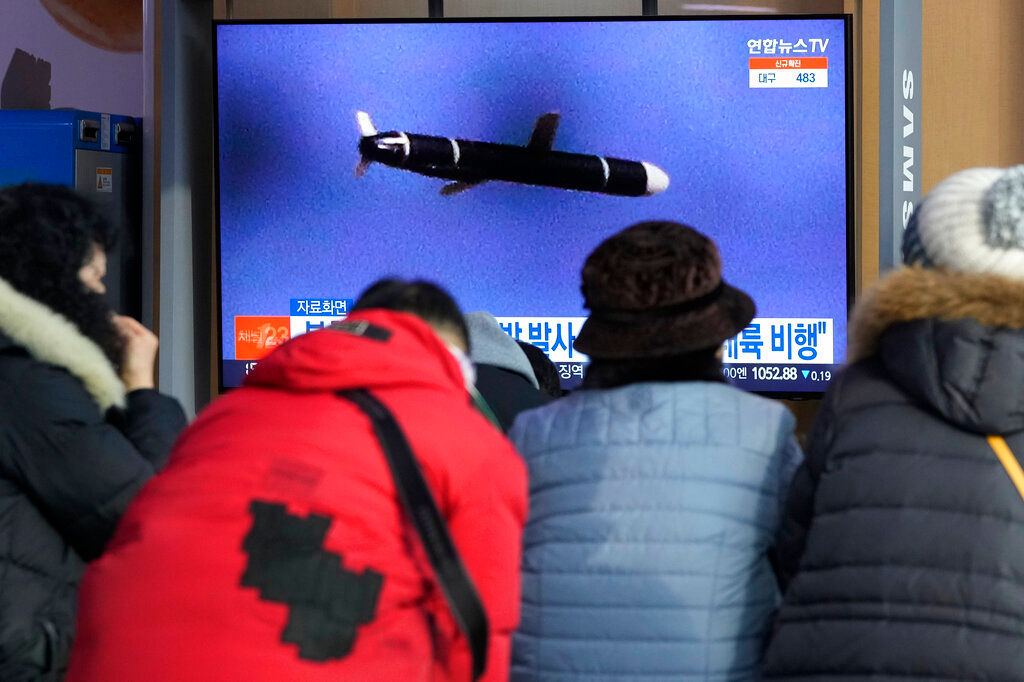North Korea on Tuesday test fired two cruise missiles according to the South Korean military. The reported test, if confirmed to be true, would mark Pyongyang’s fifth missile test in the month of January.
South Korean media outlet Yonhap has reported that South Korea’s military is currently analysing the launch to determine the nature of the projectiles.
Also read | Germany’s worry of sending arms to Ukraine rooted in history, energy
Earlier, on January 5 and 11, North Korea had claimed that it had successfully test fired hypersonic missiles, and Pyongyang followed those launches up with a test of short range ballistic missiles launched from a rail car on January 14. Subsequently, on January 17, North Korea again test fired “tactical guided missiles” according to state media outlet KCNA.
North Korea is prohibited from developing nuclear and ballistic missiles by international law, but is not prohibited from testing cruise missiles.
State media KCNA has used this legal detail earlier to justify North Korea’s testing activities, saying, “[the] recent development of new-type weapon was just part of its efforts for modernizing its national defense capability.”
However, despite international condemnation and pressure from the US, Pyongyang has continued to ramp up ballistic missile tests. Following their third test on January 14, North Korea’s Foreign Ministry had put out a statement, saying, “If the US adopts such a confrontational stance, the DPRK will be forced to take stronger and certain reaction to it.”
Also read | Tonga volcano was ‘hundreds of times’ more powerful than Hiroshima bomb: NASA
The statement was a response to US sanctions imposed on January 12 on five high-ranking North Korean officials associated with the procurement of weapons of mass destruction (WMDs) and ballistic missiles.
In the face of growing international pressure, Pyongyang has repeatedly warned the US since August 2019 that it plans to end its five-year-halt on the development of nuclear weapons and long-range missiles to deliver nuclear payloads.







